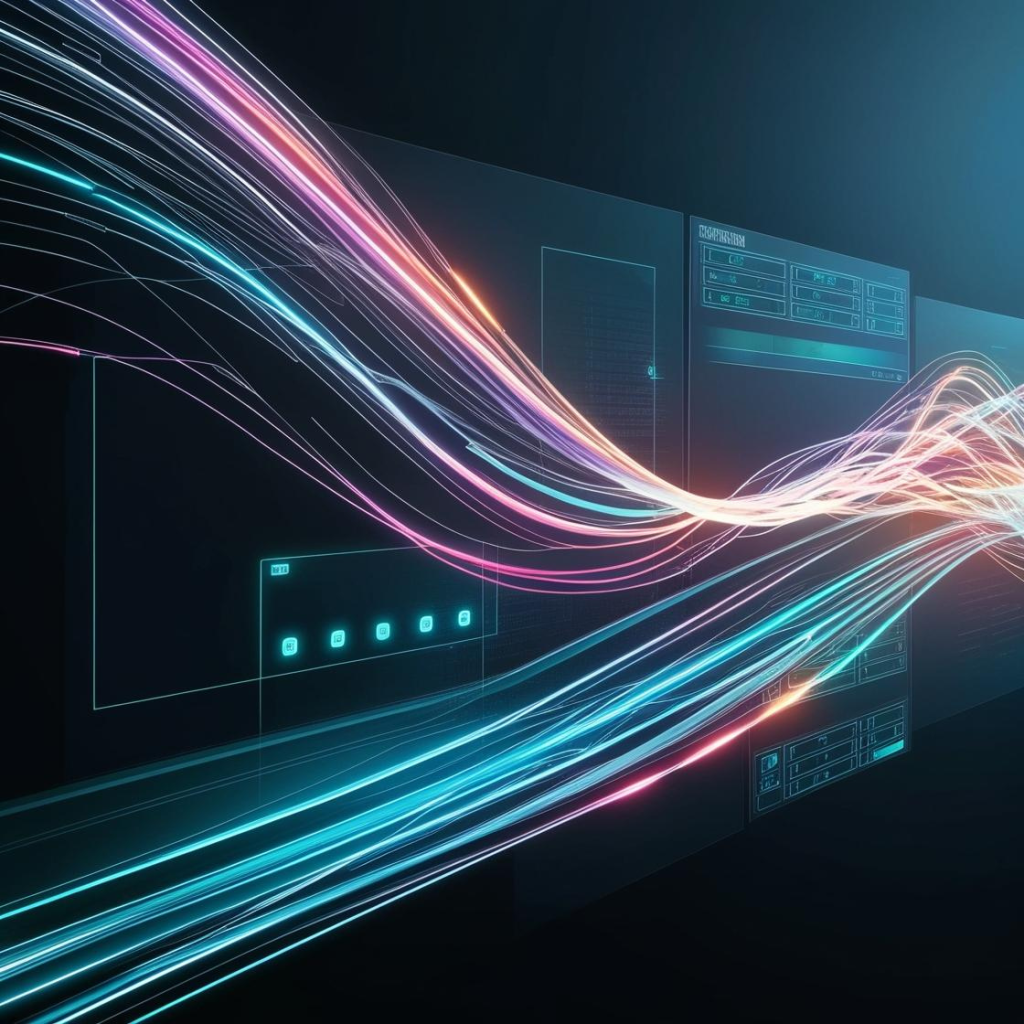
Real-Time Change Control and Monitoring Explained
When it comes to securing your business, many organizations focus heavily on traditional perimeter defenses like firewalls and intrusion detection systems. While those are important, there’s another often overlooked but essential element: monitoring configuration changes in real time.
Changes to your systems—whether accidental or intentional—can expose vulnerabilities that hackers can exploit. By continuously tracking and responding to changes in your network, you can prevent security gaps from turning into serious threats.
In this blog, we’ll explain why real-time change control and continuous monitoring are so important for your network security, and what questions you should be asking to improve your approach.
Why Monitoring Configuration Changes Is So Important:
Configuration changes might seem small, but they can have big consequences. Here’s why it’s crucial to keep an eye on those changes:
- Misconfigurations Can Lead to Vulnerabilities: Sometimes, a small tweak to a setting or update can accidentally open a door for cybercriminals. For example, an admin might change a firewall rule or disable a security feature without realizing the impact. Without monitoring, these changes could go unnoticed until it’s too late.
- Internal Risks Are Real: Not all threats come from hackers outside your organization. Insider threats—whether intentional or accidental—can cause significant damage. Real-time monitoring helps catch unauthorized or accidental changes before they lead to a breach.
- Catching Problems Early Saves Time and Resources: If you detect an issue early, you can address it before it escalates into a full-blown attack. It’s much cheaper and less disruptive to fix a small problem before it causes bigger issues.
What Is Continuous Monitoring, and How Does It Work?
Continuous monitoring involves actively watching your systems and network for any changes or unusual activities. Here’s how it works in practice:
- Tracking Configuration Changes: Every time a change is made—whether it’s to a firewall setting, network access control, or a user account—it gets logged. That way, you know exactly who made the change, what was changed, and when it happened.
- Alerting for Unapproved Changes: If a change is made that doesn’t align with security policies or seems suspicious, the system alerts your team right away so they can investigate.
- Automated Responses: In some cases, the system can automatically respond to a potential threat, like blocking access to an affected system or rolling back a risky change.
What Should You Be Asking Yourself?
To make the most of real-time change control and continuous monitoring, ask yourself the following questions:
1. Are We Tracking Every Configuration Change?
Are all changes to your systems being logged? You need to have a system in place that tracks and records every modification so that you can see exactly what’s been changed, who made it, and when.
2. Who Has Access to Make Changes?
Not everyone should be able to make changes to critical systems. Who in your organization has permission to make adjustments? Real-time monitoring can help ensure that only authorized personnel are making changes, and that their actions are tracked.
3. How Quickly Can We Detect Unauthorized Changes?
When a misconfiguration or unauthorized change occurs, how fast can you spot it? Your monitoring system should be able to alert you immediately so that you can take action before a small issue becomes a major threat.
4. Are We Prepared to Respond If Something Goes Wrong?
What happens if a change results in a security incident? You should have a plan in place for how to handle unauthorized changes—whether that’s rolling back the change, isolating affected systems, or investigating further.
5. Are We Focusing on Our Most Critical Systems?
Some systems are more vulnerable than others. Do you have extra layers of monitoring in place for your most sensitive or mission-critical infrastructure? These systems need constant vigilance to ensure they’re not accidentally exposed to risks.
It’s time to ask the tough questions and make sure your organization is doing everything it can to stay secure. Monitoring configuration changes isn’t just about detecting threats; it’s about creating a system that can respond quickly, reduce human error, and maintain the integrity of your network.
If you want to learn more about how Decision Digital can help with real-time change control and continuous monitoring, reach out to us today. We’re here to make sure your network stays secure, no matter what changes come your way.
About Decision Digital:
Decision Digital is a cloud-focused, accomplished firm excelling in modern networking, Managed IT Services, and ConnectWise consulting. Established in 1997 and headquartered in Atlanta, GA, our company supports a global clientele with tailored managed IT solutions that encompass on-site networks, Azure cloud deployments and optimization, cybersecurity, AI, and data mining. Our consultancy services foster operational improvements within peer MSPs by enhancing business processes, workflow efficiency, and proficiency in ConnectWise.
Over the years, we’ve had the honor and pleasure of serving as thought leaders and IT architects for a variety of public, private, and multinational corporations. We deliver state-of-the-art cloud and managed service technologies to our clients, driven by the belief that networks should be exceptional.